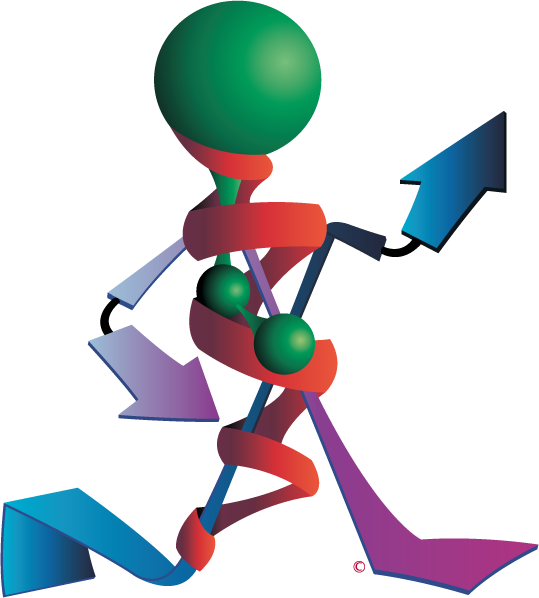Commercially available affinity purification supports are designed on the principle of specific surface interactions among biomolecules, including, but not limiting to, antigen-antibody, enzyme-ligand and lectin-carbohydate. Affinity chromatography is one of the most efficient tools used for purification of biomolecules of interest, including proteins, glycoproteins, lipids and nucleic acids. In affinity chromatography, one of the interacting molecules is covalently bound to the resin and is addressed as a ligand. The stationary ligand bound resin interacts with the ligand interacting proteins or biomolecules, which are passed through the resin in mobile phase and hold them to the resin. These molecules are later eluted as a purified fraction with an elution buffer.








